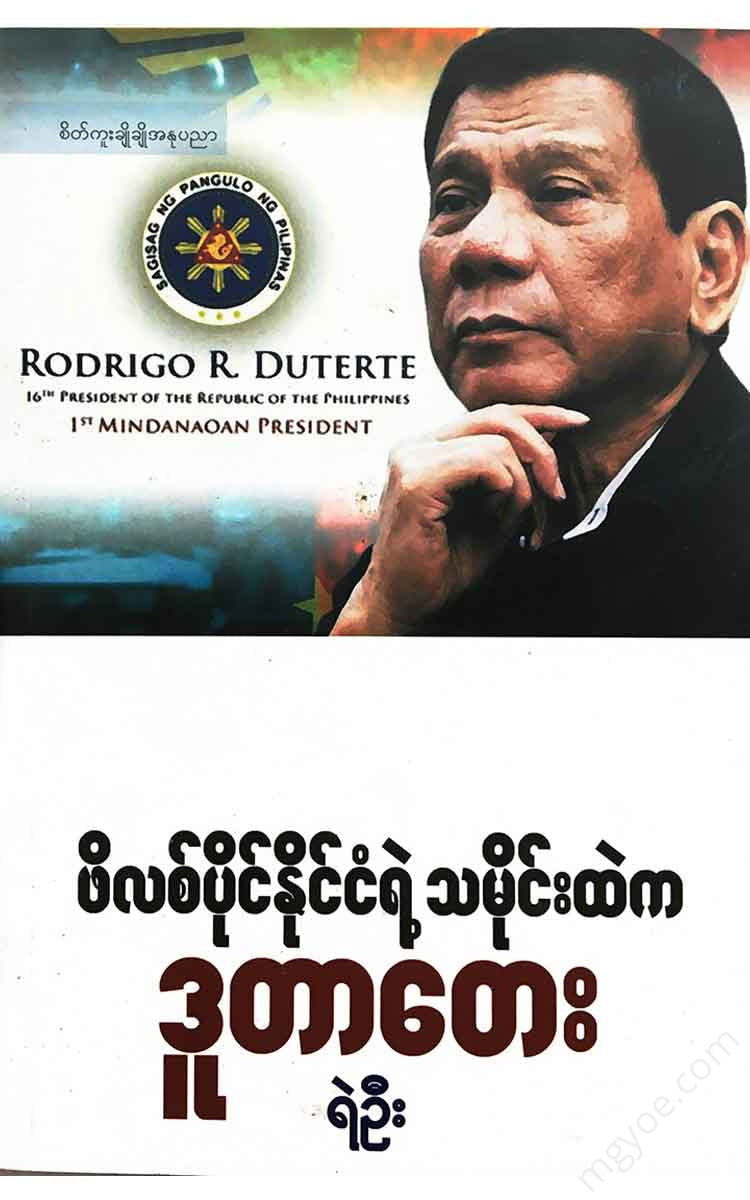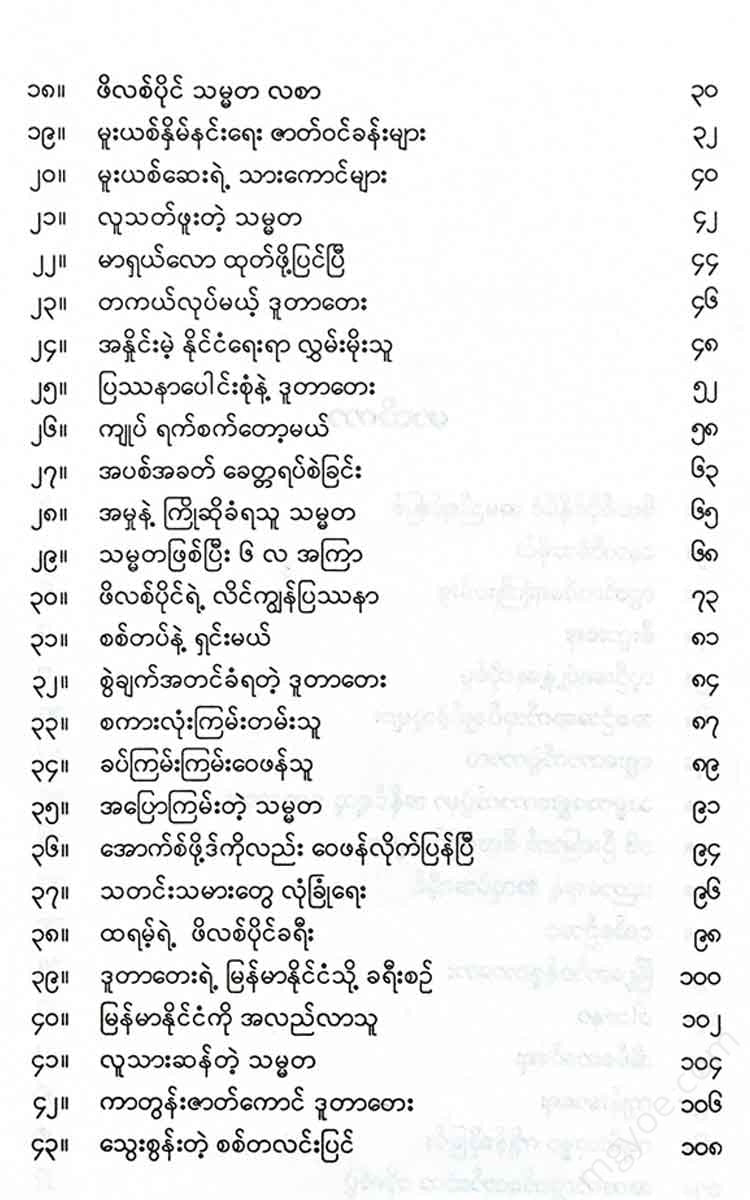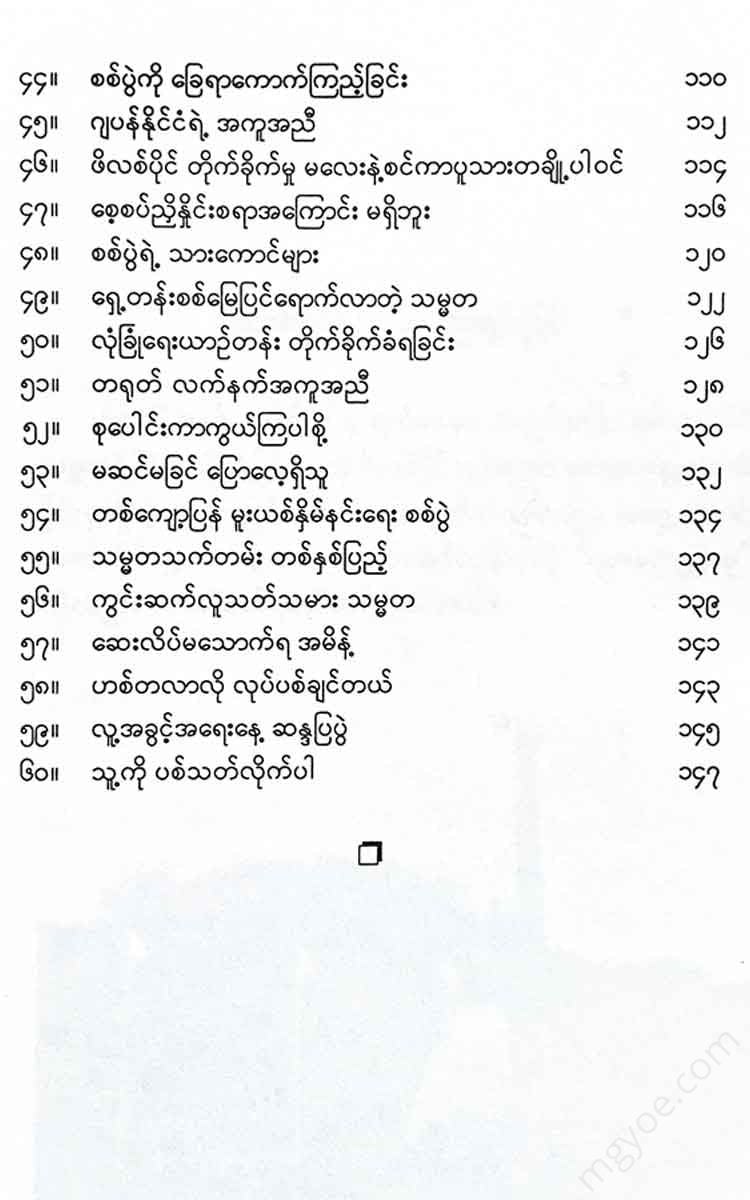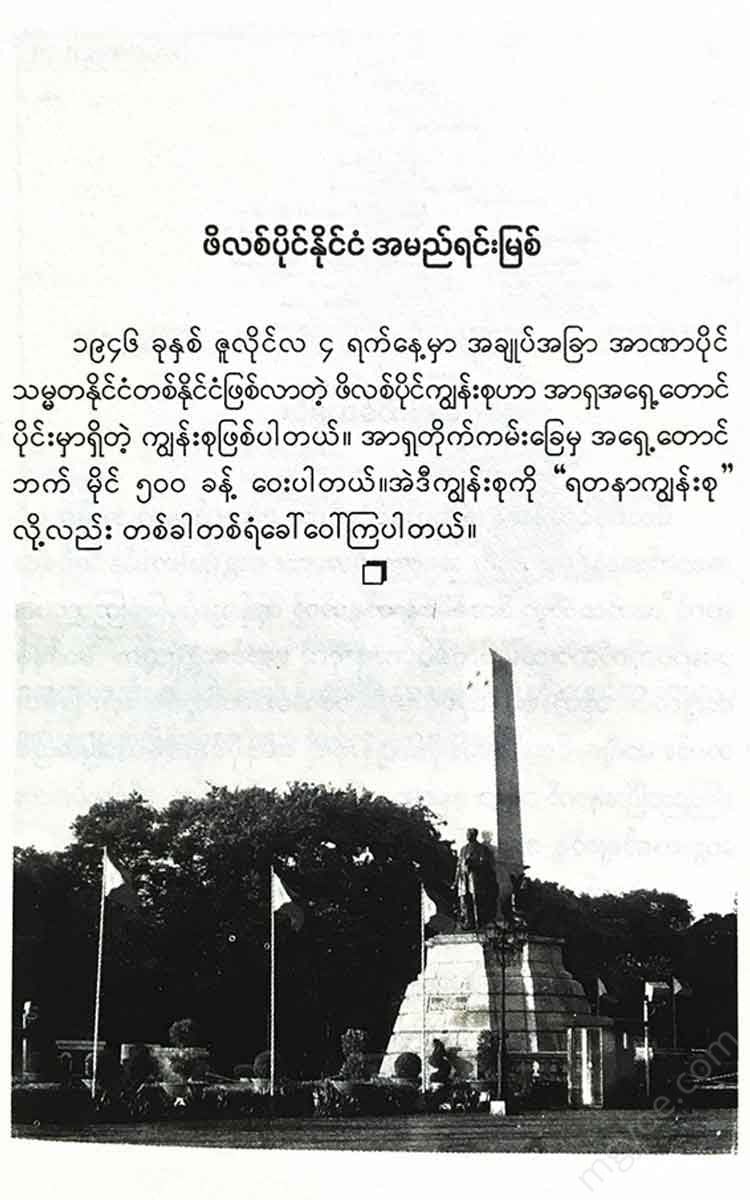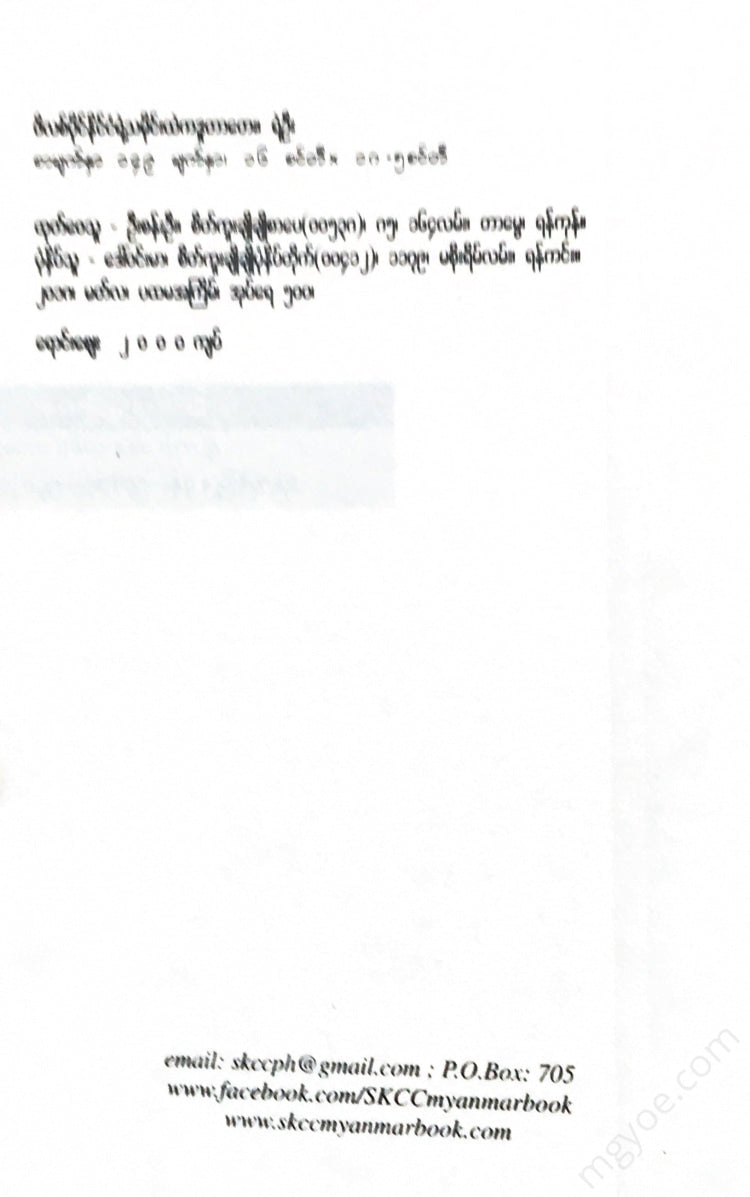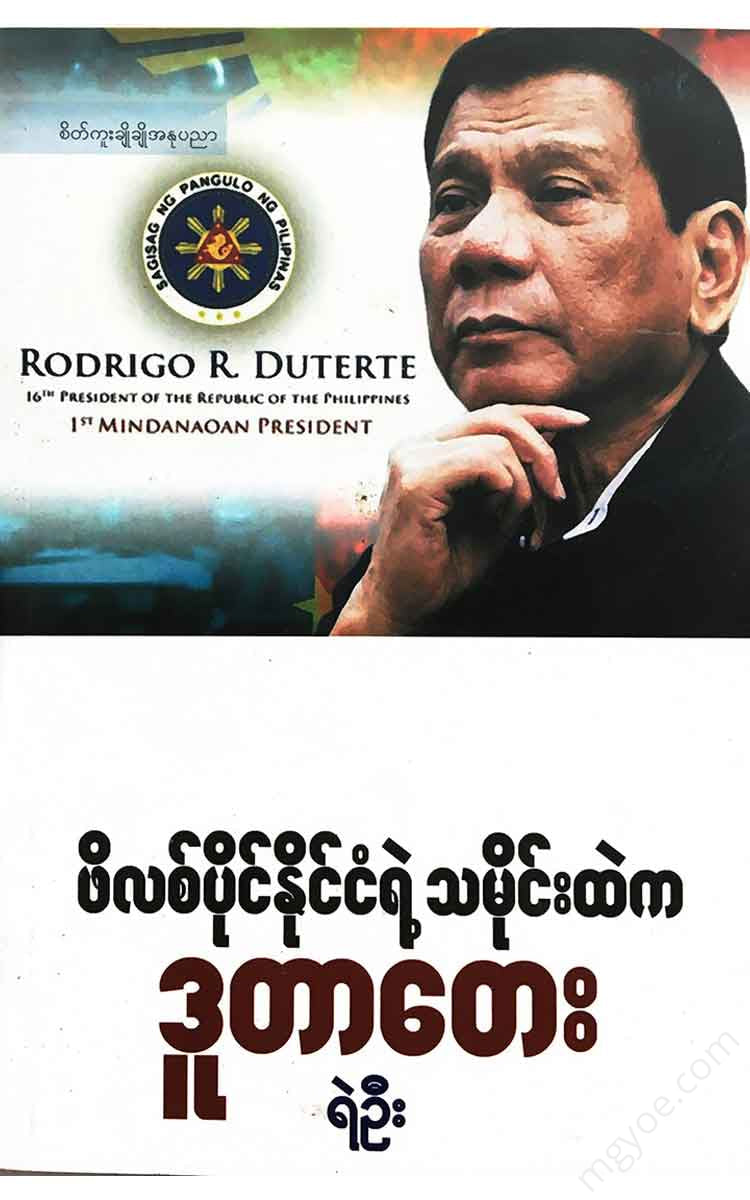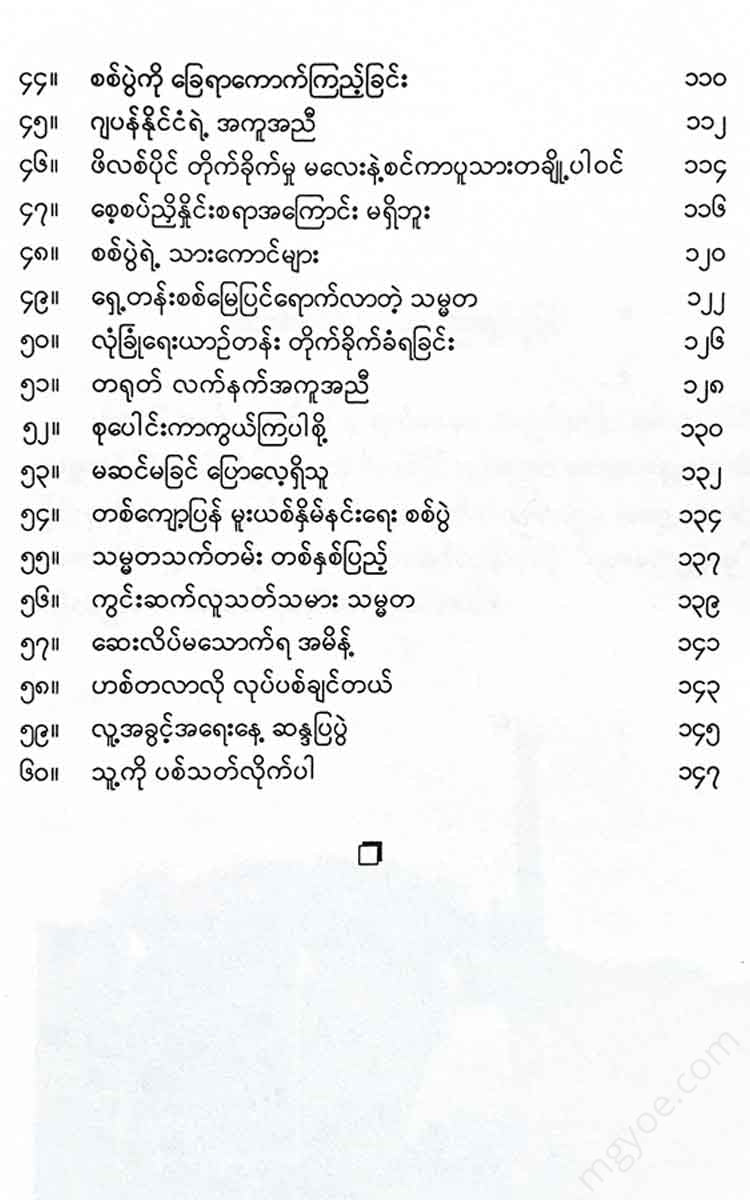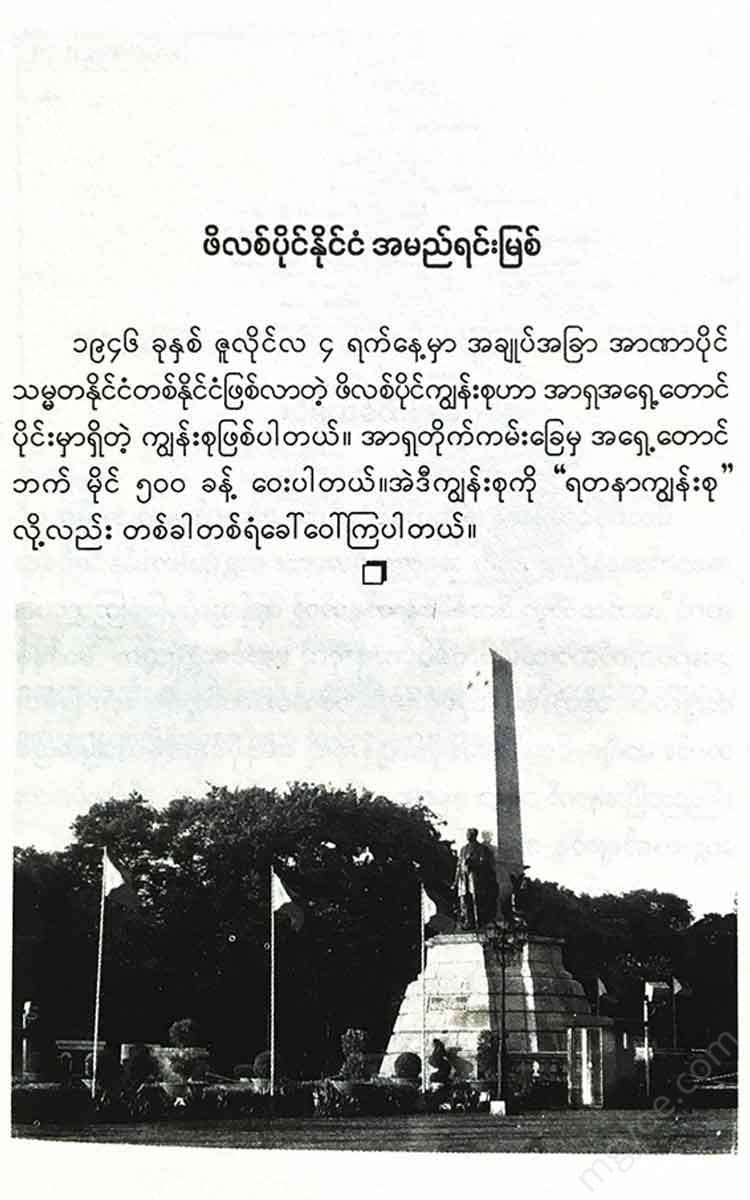စိတ်ကူးချိုချိုစာပေ
Ye Oo - Duterte in Philippine political history
Ye Oo - Duterte in Philippine political history
Couldn't load pickup availability
Background
There is evidence that the Philippines and China have had relations since the Middle Ages. During the Ming Dynasty, the Philippines and China traded. The first European to discover the Philippines was Ferdinand Magellan, a Portuguese officer in the Spanish Crown. Magellan was killed by the natives of Matan Island in 1521 after declaring the Philippines a Spanish territory.
The archipelago, which Magellan claimed as Spanish territory, was later named the Philippines in honor of the Spanish King Philip II (then Viceroy). The Spanish settled in Cebu in 1565 and gradually expanded. The Spanish were defeated by the Moro and Igorot tribes. Other islands
Independence struggle
In the 19th century, movements for independence began, and the Liga Filipina, founded by Jose Reza in 1819, became the most powerful. Reza was executed by the Spanish government in 1869. Although there were occasional ethnic uprisings against Spain, they were severely suppressed. After the Spanish-American War, in 1898, Spain ceded the Philippine Islands to the United States.
The United States government gradually promoted the status of the Philippines with the aim of granting it independence. In 1935, the Philippines gained self-government and became a Commonwealth. The United States promised to make it an independent sovereign nation by 1946. However, the outbreak of World War II left the Philippines one of the most war-torn and devastated countries in the Far East.
The Japanese began air attacks on December 8, 1941, and five days later, they reached Luzon and captured it. On January 2, 1942, they captured Manila. American and Filipino forces fought fiercely on the Bataan Peninsula and Corregidor for several months. However, on May 6, 1942, Corregidor surrendered, and Brigadier General Douglas MacArthur moved his headquarters to Australia. Brigadier General W. Wright was taken prisoner of war.
During the Japanese occupation, there were guerrilla resistance movements. On October 19, 1944, Allied forces under General MacArthur began the retaken of Leyte Island, resulting in a decisive defeat of the Japanese in the central and northern Philippines.
In February 1945, the capital Manila was recaptured, and by August of that year, World War II had ended, and almost all of the Japanese-occupied territory had been recaptured.
After World War II ended, the United States government granted full independence on July 4, 1946, as promised, and the Philippines became an independent sovereign republic on that day. The Philippine archipelago is estimated to consist of over 7,000 islands. However, only about 400 of them are large enough to be considered islands.
The history of the Philippines' independence, its current social, political and economic system, and President Duterte, who has emerged as a villain on the world political stage...
From the history of the Philippines
